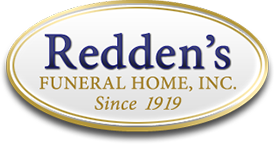Obituaries

David Nelson
B: 1964-04-22
D: 2025-07-01
View Details

Mark Bennett
B: 1957-11-25
D: 2025-06-22
View Details

Raphael Caprio
B: 1926-01-18
D: 2025-06-17
View Details

Esther Mendez
B: 1931-12-07
D: 2025-06-11
View Details

Andre Cox
B: 1961-03-21
D: 2025-06-10
View Details

William Cho
B: 1923-03-06
D: 2025-06-02
View Details

Katherine Larkin
B: 1937-05-19
D: 2025-06-01
View Details

Steven Harris
B: 1949-11-08
D: 2025-05-29
View Details

John Olmo
B: 1949-09-24
D: 2025-05-25
View Details

James Campbell
B: 1943-05-16
D: 2025-05-21
View Details

Gerard Vaughan
B: 1945-07-07
D: 2025-05-10
View Details

Aaron Collins
B: 1982-10-30
D: 2025-05-10
View Details

Addie Elliott
B: 1932-10-04
D: 2025-05-08
View Details

Irene Haber-Myers
B: 1937-09-13
D: 2025-04-29
View Details

George Gaugler
B: 1951-01-31
D: 2025-04-28
View Details

George Backmon
B: 1940-10-24
D: 2025-04-25
View Details

Dr. Thomas Adamski
B: 1943-05-18
D: 2025-04-22
View Details

Wilfredo Sepulveda
B: 1957-10-23
D: 2025-04-15
View Details

David Seymour
B: 1966-11-24
D: 2025-04-09
View Details

Sonia Balaskas
B: 1925-07-13
D: 2025-04-02
View Details

Peter Stewart
B: 1928-05-19
D: 2025-04-01
View Details
Search
Use the form above to find your loved one. You can search using the name of your loved one, or any family name for current or past services entrusted to our firm.
Click here to view all obituaries
Search Obituaries
Immediate Need
